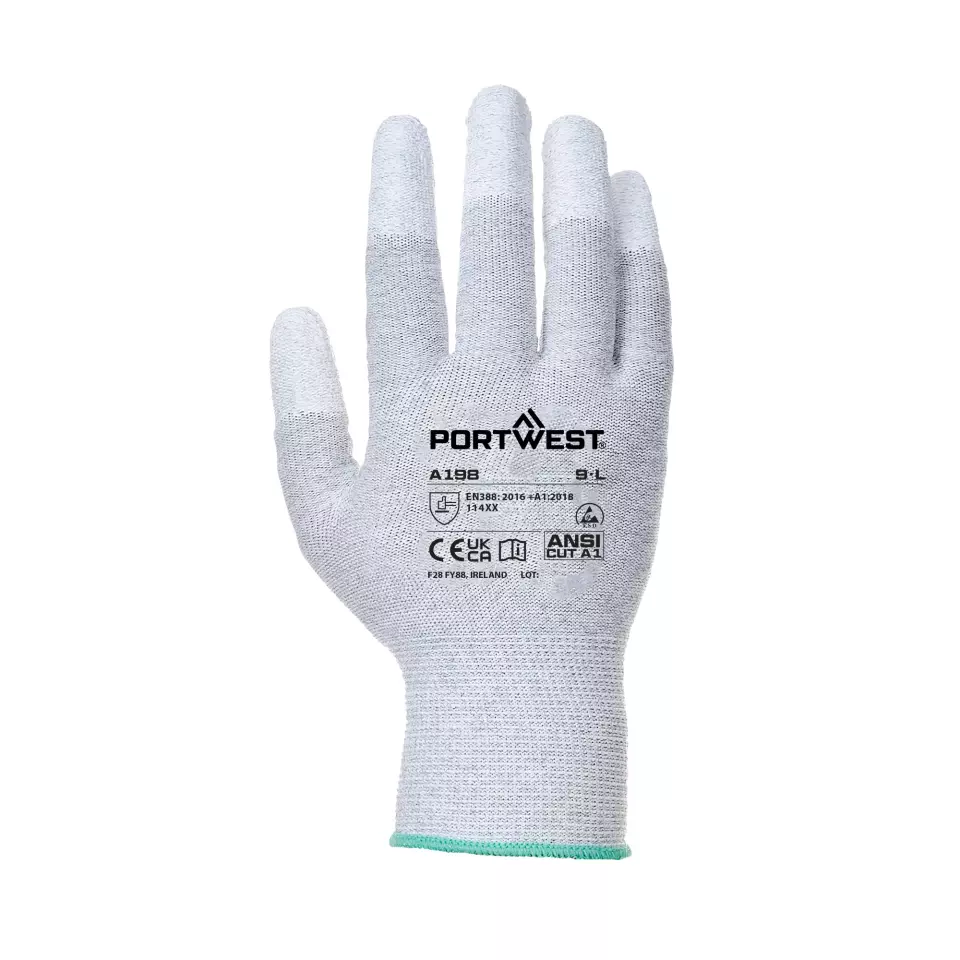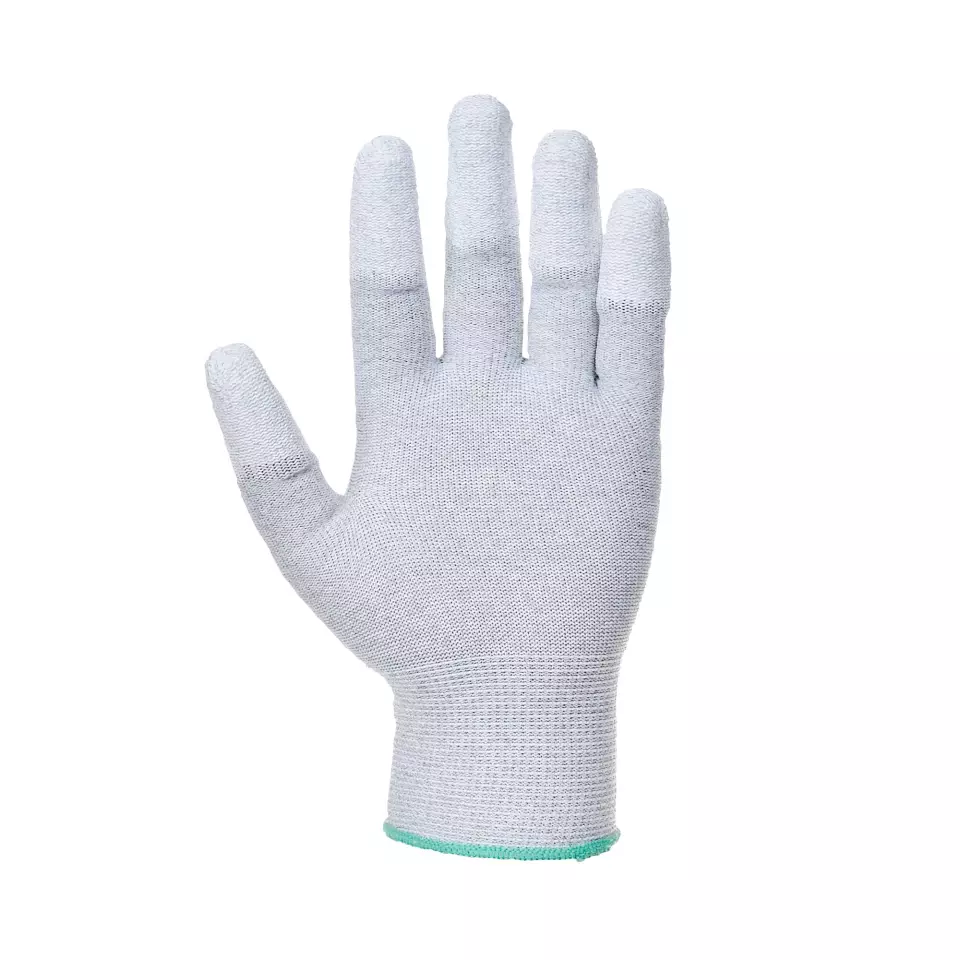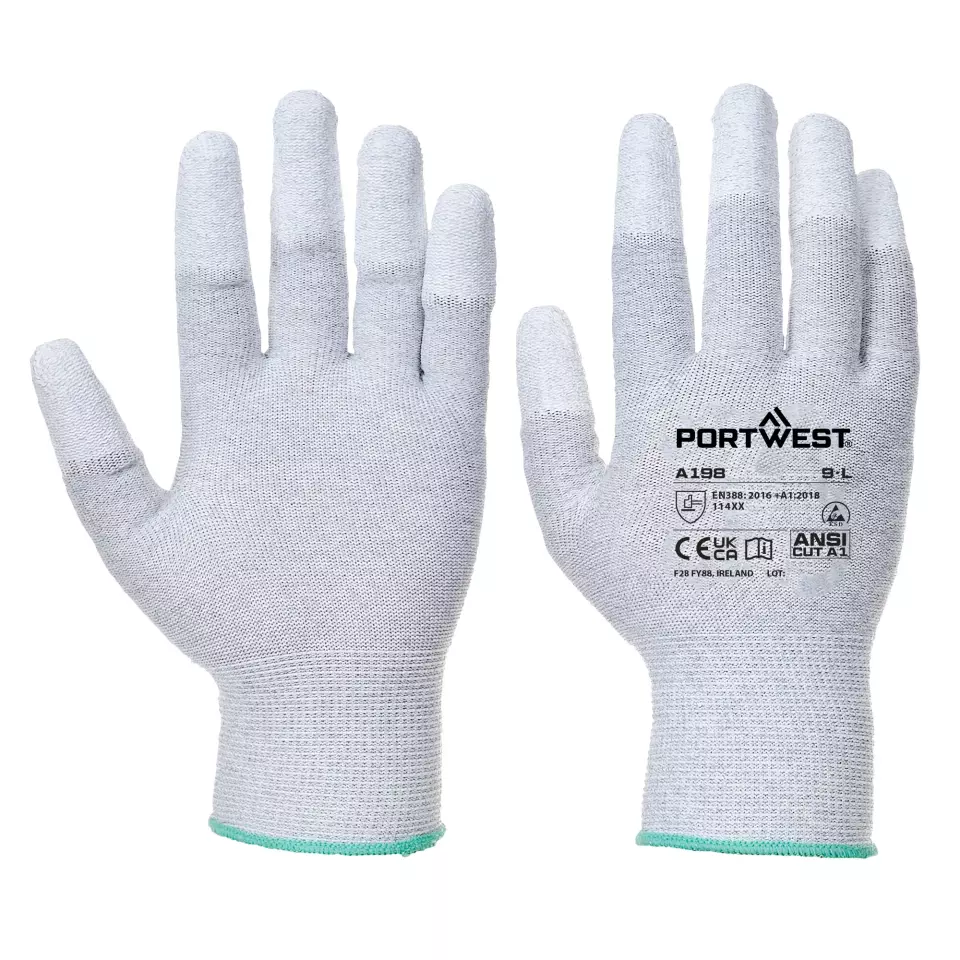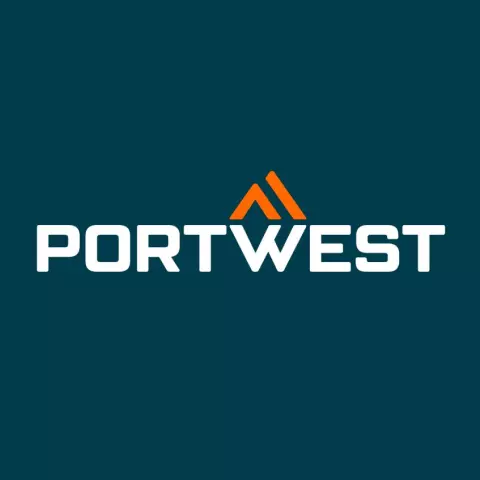Antistatic PU Fingertip Glove, Grey
5.0 / 5
Product description
Professional ESD-safe gloves featuring a 13-gauge polyester and carbon fiber shell designed to divert static electricity in sensitive work environments. The fingertip PU coating provides excellent dexterity and abrasion resistance while maintaining maximum ventilation through the breathable seamless liner. These gloves are specifically engineered for electronics assembly, testing, and precision work where electrostatic discharge protection is critical.
Product Features:
- Anti-static properties with carbon fiber shell
- Fingertip dipped design for precision handling and maximum ventilation
- Smooth PU coating for increased abrasion resistance
- Breathable seamless liner construction
- 13 gauge liner for durability and precise fitting
Technical Details:
- Material composition: 13g Polyester and Carbon Fiber shell
- Fingertips coated with durable PU
- CE certified and UKCA marked
- EN ISO 21420: 2020 Dexterity 5
- ANSI cut level A1
Recommended Applications:
- Electronics assembly
- Testing environments
- Precision work
- ESD environments
- Intricate tasks
Standards:
- EN 388: 2016 + A1: 2018 (114XX)
- EN 16350:2014 Pass Level R < 1.0 x 108 Ω
- IEC 61340-5-1:2016
- ANSI/ISEA 105: 2016 CUT Level (A1)
- Cut Resistant
- Electrical Protection
- Hand Protection
Standards and labels
Portwest delivery terms
Free delivery when you order more than 300,00 € from Portwest
Supplier shipping fee 5,00 €
Brand minimum 20,00 €
12,77 €
Price per 12 pairs
1,06 € / pair
Shipping fee is 5,00 € for orders under 300,00 €
A package contains 12 pairs
Need larger quantities?
Other products you may like
Recently viewed
Other products you may like
Similar products you may like
Autonomous sourcing platform
The most efficient way to source and order supplies for your operations





